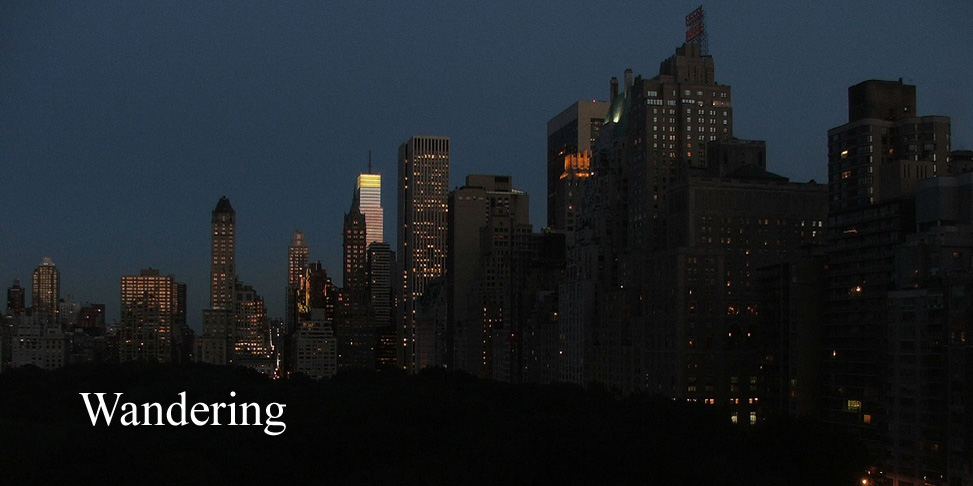One way to revive this Wandering is to post a note from Saturday, August 19, 2006
On 18 August, C and I went to the City Recital Hall to see TSUGARU Soul and Beat of Japan. Tsugaru is the northern part of Honshu and the Tsugaru straight lies between Honshu and Shikoku. The Tsugaru shamisen is a kind of shamisen or style of playing which started there. I first read of Tsugaru shamisen music and its origin in the playing of blind itinerant musicians in Alan Booths Looking for the Lost. He tells of a short lived boom in Tsugaru shamisen music in the 1970s.
The leading artist at the concert was Tsugaru shamisen virtuoso Michihiro Sato. His son Michiyosi, who graduated from High School in 2005, also plays the shamisen. Sachiko Kaiho, a Koto player is Mr. Satos wife and Michiyosis mother. Shozan Tanabe played shakuhachi; he had only one large instrument. (My introduction to the shakuhachi was Riley Lee's playing at the Townsville Festival of Chamber Music in July and he had many instruments of various lengths.)
Masaki Yoshimi played tabla, which he studied in India. Im uncertain at the moment how the tabla came into a Japanese group, or whether its use in ensembles of this kind is common. He was the only player who did not wear Traditional Japanese dress. Sachiko Kaiho wore a bright green kimono, and the colour of Mr. Satos jacket marked his seniority in the group.
Mr. Sato spoke in English from notes from time to time. An endearing feature of his speech was the pronunciation of works like shakuhachi which became shak-hashhhhh; Michyoshi michiyoshhhhhhh and so on, just as in the days before recorded announcements words like Nihonbashi became Nihonbashhhhh for train guards.
The family group was larger. The father and son were listed as playing Tsugaru Shamisen Kyokuawase together, but when we reached it Mr. Sato announced Tonight we have a special surprise for you my youngest son will play with his older brother! He looked about 4 years younger than Michiyoshi.
The program notes say that the sounds of the Tsugaru shamisen are notably different from more traditional Japanese music. They are played with a large plectrum held in the closed hand. It is used make drumming sounds on the body of the shamisen as well as to pluck the strings. The younger Sato seemed to make more drumming sounds than his father. When they played together there was great empathy between them.
The music has been compared to jazz and there are obvious parallels, but I was unable to tell what improvisation was and what was not. I am unfamiliar with the music. There was a lot of fast complex fingering in the left hand in some parts but although the sound was distinctive some of the tunes were a little elusive. The most prominent feature on hearing it for the first time was the rhythms. Some were very fast and exciting to hear. There were some vocalizations but no singing mostly shouts and crys at a climax. In the last item, the tabla player accompanied his solo with very fast wordless vocals which resembled scat singing in jazz.
I would like to investigate further but I havent found any available CDs of this or similar music as yet. Still there are places in Japan where it is played and I can search for these on my next trip.
There is some information on wikipedia http://en.wikipedia.org/wiki/Tsugaru-jamisen
The web page for the concert itself is http://www.jpf.org.au/02_events/tsugaru/tsugaru.htm
Please let me know of anything more you know: specially cds.
In Memory of Owen Kipp Sevre
9 years ago





No comments:
Post a Comment